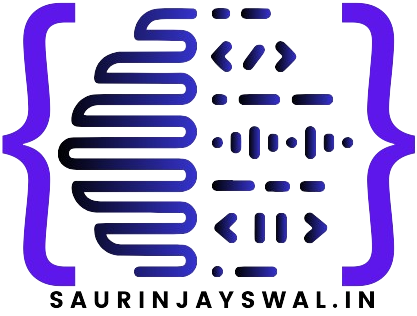Introduction
.NET Core 6 is a powerful and versatile framework for building cross-platform applications. Whether you’re developing web applications, microservices, or desktop applications, .NET Core 6 provides the tools and libraries you need to bring your ideas to life. However, before you can start building with .NET Core 6, you’ll need to set up and install the framework on your development machine. In this step-by-step guide, we’ll walk you through the installation process for .NET Core 6 on different operating systems, including Windows, macOS, and Linux. By the end of this guide, you’ll have .NET Core 6 up and running on your machine, ready for your next project.
1. Installing .NET Core 6 on Windows
Installing .NET Core 6 on Windows is a straightforward process. Follow these steps to get started:
Step 1: Download the .NET Core 6 SDK
Navigate to the official .NET website at dotnet.microsoft.com/download and download the .NET Core 6 SDK for Windows. Make sure to choose the correct installer for your version of Windows (x64 or x86).
Step 2: Run the Installer
Once the download is complete, run the installer and follow the on-screen instructions to install the .NET Core 6 SDK on your machine. The installer will guide you through the installation process, including accepting the license agreement and choosing the installation directory.
Step 3: Verify the Installation
After the installation is complete, open a command prompt or PowerShell window and type the following command to verify that .NET Core 6 has been installed successfully:
dotnet --versionYou should see the version number of the installed .NET Core SDK displayed in the output.
2. Installing .NET Core 6 on macOS
Installing .NET Core 6 on macOS is also a straightforward process. Follow these steps to get started:
Step 1: Download the .NET Core 6 SDK
Open a web browser and navigate to dotnet.microsoft.com/download. Download the .NET Core 6 SDK for macOS by clicking on the appropriate download link.
Step 2: Run the Installer
Once the download is complete, open the downloaded file (.pkg) to launch the installer. Follow the on-screen instructions to install the .NET Core 6 SDK on your macOS system.
Step 3: Verify the Installation
After the installation is complete, open a terminal window and type the following command to verify that .NET Core 6 has been installed successfully:
dotnet --versionYou should see the version number of the installed .NET Core SDK displayed in the output.
3. Installing .NET Core 6 on Linux
Installing .NET Core 6 on Linux varies slightly depending on your distribution. Here, we’ll cover the general steps for installing on popular distributions like Ubuntu and CentOS:
Step 1: Register the Microsoft Package Repository
Open a terminal window and run the following commands to register the Microsoft package repository and import the GPG key:
wget https://packages.microsoft.com/config/ubuntu/20.04/packages-microsoft-prod.deb -O packages-microsoft-prod.deb sudo dpkg -i packages-microsoft-prod.debFor CentOS, use the following commands instead:
sudo rpm -Uvh https://packages.microsoft.com/config/centos/7/packages-microsoft-prod.rpmStep 2: Install the .NET Core 6 SDK
Once the repository is registered, update the package cache and install the .NET Core 6 SDK by running the following commands:
sudo apt-get update sudo apt-get install -y apt-transport-https sudo apt-get update sudo apt-get install -y dotnet-sdk-6.0For CentOS, use the following commands instead:
sudo yum install -y dotnet-sdk-6.0Step 3: Verify the Installation
After the installation is complete, open a terminal window and type the following command to verify that .NET Core 6 has been installed successfully:
dotnet --versionYou should see the version number of the installed .NET Core SDK displayed in the output.
Conclusion
In this step-by-step guide, we’ve walked you through the installation process for .NET Core 6 on different operating systems, including Windows, macOS, and Linux. By following these instructions, you should now have .NET Core 6 up and running on your development machine, ready for your next project. Whether you’re a seasoned .NET developer or new to the platform, .NET Core 6 offers a powerful and versatile framework for building cross-platform applications. Happy coding!
